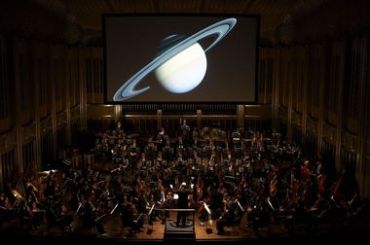Via Collage of Arts and Sciences:
“For most people, the study of astrophysics means poring over calculations, charts, texts and graphics. But Wanda Diaz-Merced, a graduate student at the University of Glasgow, and fellow researcher Gerhard Sonnert have pioneered a different approach. Its underlying motif is simple: Space produces music.
She grew up with an enthusiasm for science and space, but in her early 20s, as a physics student at the University of Puerto Rico, her vision swiftly deteriorated due to diabetes. When she spent time in an astrophysical observatory, though, and inadvertently heard the hiss and pops of the signals collected by a radio telescope, she realized that there might be a way she could rely solely on her hearing to interpret data.
Since, she’s teamed with computer scientists to use NASA-developed software called xSonify—which converts scientific data of all kinds into synthesized musical sounds, a process called sonification (PDF)—to analyze solar flares on the sun, as well as X-rays coming from the EX Hydrae star system. This software allows users to customize how the data are represented, using pitch, volume, rhythm and even different types of instruments to distinguish between different values and intensities in the electromagnetic spectrum detected by spacecraft over time.”
Read (and hear) more: http://blogs.smithsonianmag.com/artscience/2013/05/how-to-convert-x-rays-from-a-distant-star-into-blues-jazz-and-classical-music/

